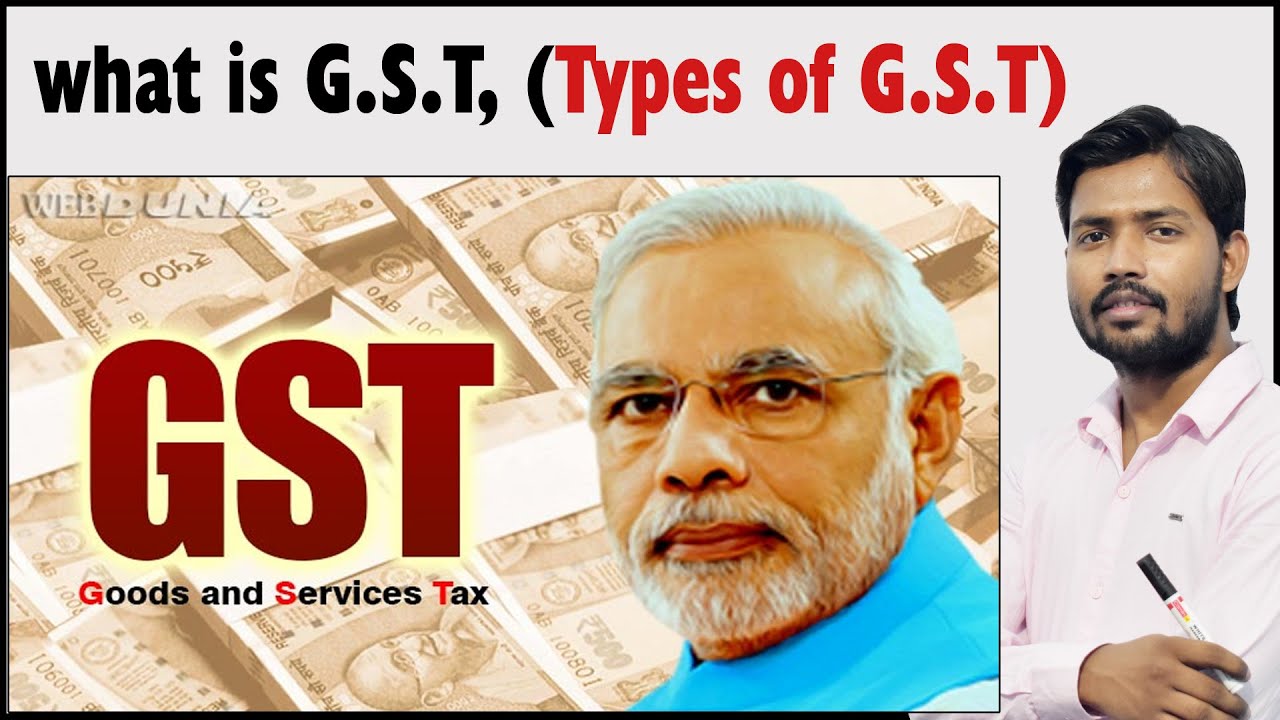Learn about GST Model in India
- 30 Dec 24
- 10 mins
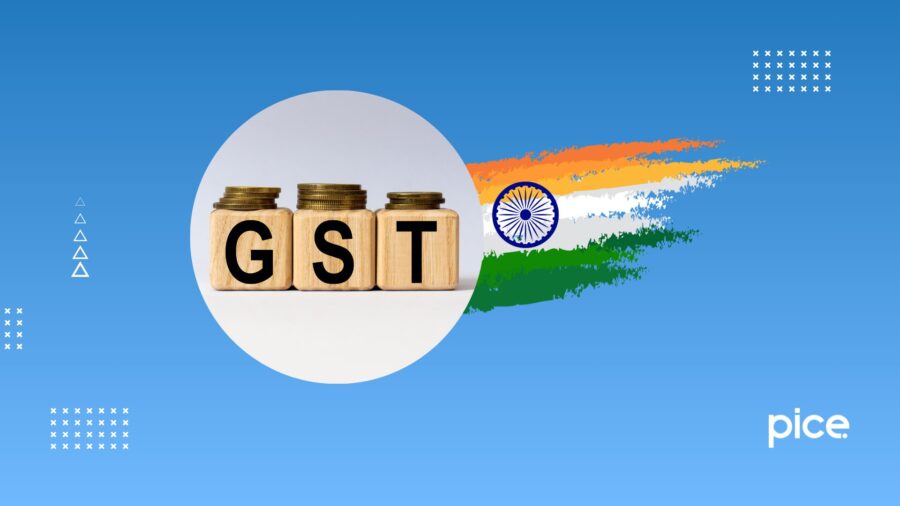
Learn about GST Model in India
Key Takeaways
- GST simplifies India's tax system by replacing multiple indirect taxes.
- The four GST types—CGST, SGST, IGST, and UTGST—address different transaction scenarios.
- Input Tax Credit under GST eliminates the cascading effect of taxes.
- GST widens the tax base and promotes uniform taxation across India.
- Online GST processes streamline compliance and reduce documentation for businesses.
The introduction of the Goods and Services Tax (GST) in 2017 replaced multiple indirect taxes with a unified and simplified tax system. As a destination-based and multi-staged tax, GST is applicable at each stage of the supply chain.
It is a revolutionary tax that has not only reduced the burden of tax compliance but also boosted economic growth. In this blog, we will discuss the intricate details of GST model in India, focusing on its four types, their key objectives and more.
Components of GST and its Explanation
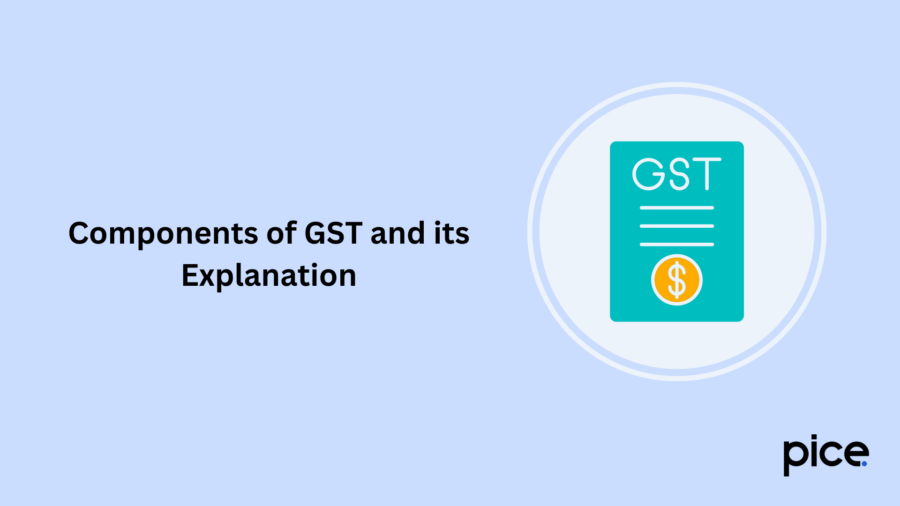
There are four different components in the GST structure of India. Let us understand the four-tier GST tax structure:
1. Central Goods and Services Tax (CGST)
2. State Goods and Services Tax (SGST)
3. Integrated Goods and Services Tax (IGST)
4. Union Territory Goods and Services Tax (UTGST)
Different GST rates have been fixed under each head by the government. Each type of tax payment are applicable as per the nature of the transaction or the services provided. Let us discuss each of them in detail:
1. Central Goods and Services Tax (CGST)
Central Goods and Services tax is levied on intrastate or within the same state transactions. The CGST Act governs this tax component. The Central Government is eligible to collect the revenue that is earned from the CGST.
For instance, if a supplier from Maharashtra has sold goods worth ₹3,000 to a consumer in Maharashtra, then the applicable GST will be partly SGST and partly CGST. If GST is applicable at the rate of 18%, the division will be 9% CGST and 9% SGST. The supplier will charge an amount of ₹3,540. Out of this, an amount of ₹270 will go to the Central government.
2. State Goods and Services Tax (SGST)
Like CGST, the State Goods and Services Tax is applicable on transactions within the same state or intrastate transactions as well. Both CGST and SGST will be applicable in case of intrastate transactions. The SGST Act governs this tax component. The state government is solely eligible to claim the revenue that is generated through SGST.
For instance, if a supplier from Chattisgarh sells goods worth ₹3,500 to a consumer in Chhattisgarh, then partly SGST and partly CGST will be applicable to this transaction. If the CGST is applicable at the rate of 18%, it will be divided into 9% CGST and 9% SGST. The total amount that the customer needs to pay is ₹3,540. Out of this, ₹270 will go to the government of Chhattisgarh as SGST.
3. Integrated Goods and Services Tax (IGST)
Integrated Goods and Services Tax is one of the four tax components which is applicable on interstate transactions, i.e., supply of goods or services within two different states and on exports or imports. The IGST Act governs IGST. Under this tax, the Central government collects the tax revenue and then divides it among the respective states of the transaction.
For example, if a supplier from Maharashtra sells goods worth ₹3,000 to West Bengal, then IGST will be applicable as it is an interstate transaction. If GST is applicable at the rate of 18%, then customers will have to pay ₹3,540 for the products. The IGST applicable is ₹540 which the Central government will collect.
4. Union Territory Goods and Services Tax (UTGST)
The Union Territory Goods and Services Tax, like SGST, is applicable to the supply of goods or services within the union territories of India. The UTGST is applicable to union territories like Chandigarh, Andaman and Nicobar Islands, Daman Diu, Dadra, Nagar Haveli, Chandigarh and Lakshadweep. The union territory government collects the revenue from UTGST. As this tax is an SGST replacement, it is applicable along with the CGST in union territory transactions.
Objective of GST
The primary objectives of Goods and Services Tax are as follows:
1. Uniform Taxation: It establishes a unified market in India by implementing uniform tax rates and a consistent taxation system, effectively reducing tax evasion. GST laws are significantly stricter compared to the previous indirect tax regulations. The objective is to implement a nationwide monitoring system under GST, making it more efficient to identify and address cases of default and tax evasion.
2. Eliminate the Cascading Effect of Taxation: It aims to eliminate the cascading effect of taxation on a single transaction. It allows you to set off the earlier taxes related to the specific transaction in the form of Input Tax Credit (ITC). Under GST structure, tax is levied on value addition during each stage of the supply chain.
3. Less Compliance Burden: GST aims to subsume existing indirect taxes under a single taxation system that reduces the tax burden for taxpayers. Additionally, it simplifies the tax administration process for the government. The main objective is to simplify the tax-paying system and enchance compliance for businesses. Almost the entire process of GST, like registration, refunds, filing of returns, etc. is available on online mode.
4. Less Documentation: One of the objectives of Goods and Services Tax is to reduce the requirement of multiple documentation. This initiative is designed to provide businesses with a streamlined tax filing process, enhancing operational efficiency and reducing overall costs linked to business activities.
5. Widen Tax Base: Another objective of Goods and Service Tax is to widen India’s tax base. Earlier indirect taxes had individual threshold limits for business registration based on turnover. However, under the current tax regime, GST broadens the scope by bringing more businesses under the tax registration framework.
Difference Between Types of GST
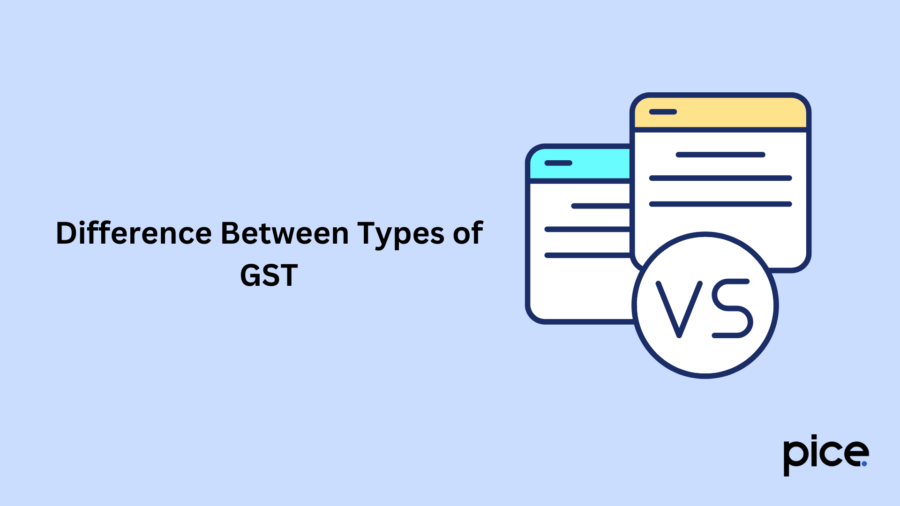
Take a look at the table below to understand the differences between the different types of GST – CGST, SGST, IGST, and UTGST.
| Basis of Distinction | Central Goods and Services Tax | State Goods and Services Tax | Integrated Goods and Services Tax | Union Territory Goods and Services Tax |
| Collecting Authority | The Central Government is the collecting authority. | The state government is the collecting authority. | The Central Government is the collecting authority. | The Union Territory Government is the collecting authority. |
| Applicable Transactions | Applicable transactions are intra-state transactions or transactions within the same state. | Applicable transactions are intra-state transactions or transactions within the same state. | Applicable transactions are inter-state transactions or transactions between two different states. | Transactions within union territories are applicable in this case. |
| Benefitting Authority | The benefitting authority is the central government here. | The state government is the benefitting authority. | Central governments and state governments are the benefitting authorities in the case of IGST. | The Union Territory (UT) government is the benefitting authority. |
| Purpose | Revenue is generated for the central government. | Revenue is generated for the state government. | The is shared between central and state governments. | The Union Territory government collects the tax revenue. |
| Example | Sales transactions within the same state. | Intrastate supply or transactions within the same state. | Inter-state supplies between two different states. | Transactions within union territories. |
Taxes Replaced by Goods and Services Tax
Here are the taxes that are replaced by Goods and Services Tax:
1. Sales Tax or Value Added Tax (VAT)
2. Entertainment Tax
3. Octroi
4. Taxes on lottery, gambling, or betting
5. Luxury Tax
6. Purchase Tax
7. Service Tax
8. Central Excise Duty
9. Additional Excise Duty
10. Entry Tax
11. Value Added Tax
12. Taxes on advertisements
13. Surcharge and cesses
How is ITC (Input Tax Credit) Adjusted?
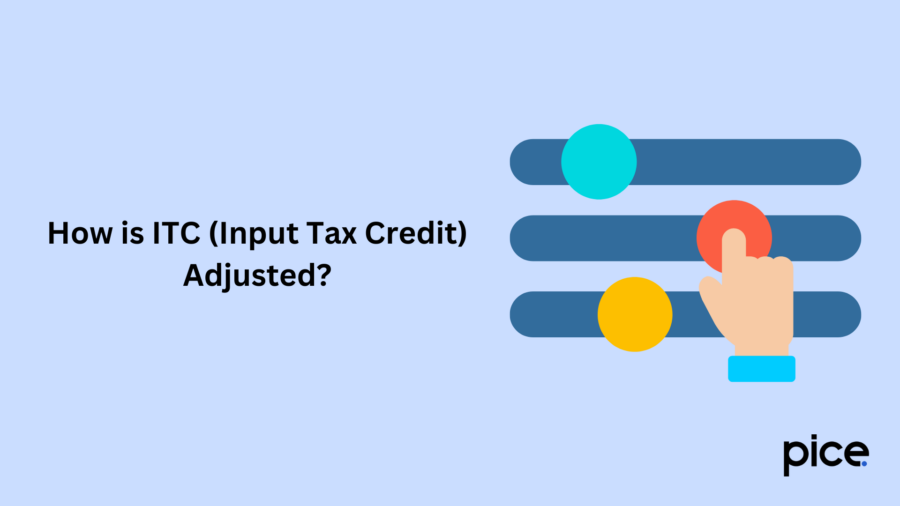
It is essential to follow the rules as accurate Input Tax Credit utilisation is important to prevent hefty penalties and avoid paying fines.
For example, Manufacture A from West Bengal sells goods worth ₹20,000 to Dealer B in West Bengal. Dealer B then resells them to Trader C in Maharashtra for ₹15,000. Then, Trader C sells them to Customer D in Maharashtra for ₹30,000.
Let us consider that the applicable rates of tax for the sold goods are
1. CGST = 9%
2. SGST = 9%
3. IGST = 18%
As we can see A is selling the goods to B in West Bengal itself, therefore, it is an intrastate transaction. This implies that CGST and SGST will be applicable at the rate of 9% each. Then, Dealer B from West Bengal is selling the goods to Trader C in Maharashtra at IGST 18%. IGST is applicable as it is an interstate transaction. Trader C is selling the goods to Customer D in Maharashtra at 9% CGST and 9% SGST as this is also an intrastate transaction.
Who Is Liable to Pay Goods and Services Tax?
These individuals are liable to pay Goods and Services Tax:
- Individuals holding GST registration and involved in providing taxable goods or services.
- Taxpayers registered under GST and are obligated to deduct TDS.
- E-commerce operators with GST registration.
- Individuals with GST registration need to pay under RCM (Reverse Charge Mechanism).
- E-commerce operators with GST registration, who have to collect TCS.
- Taxable persons who supply goods or services on a manufacturer or supplier’s behalf.
Conclusion
The implementation of GST model in India has transformed the taxation landscape of India. It has unified the tax structure and led to the elimination of double taxation. Understanding the four types of GST – CGST, SGST, IGST, and UTGST is essential for both businesses to maintain business compliance.
💡If you want to streamline your payment and make GST payments, consider using the PICE App. Explore the PICE App today and take your business to new heights.







